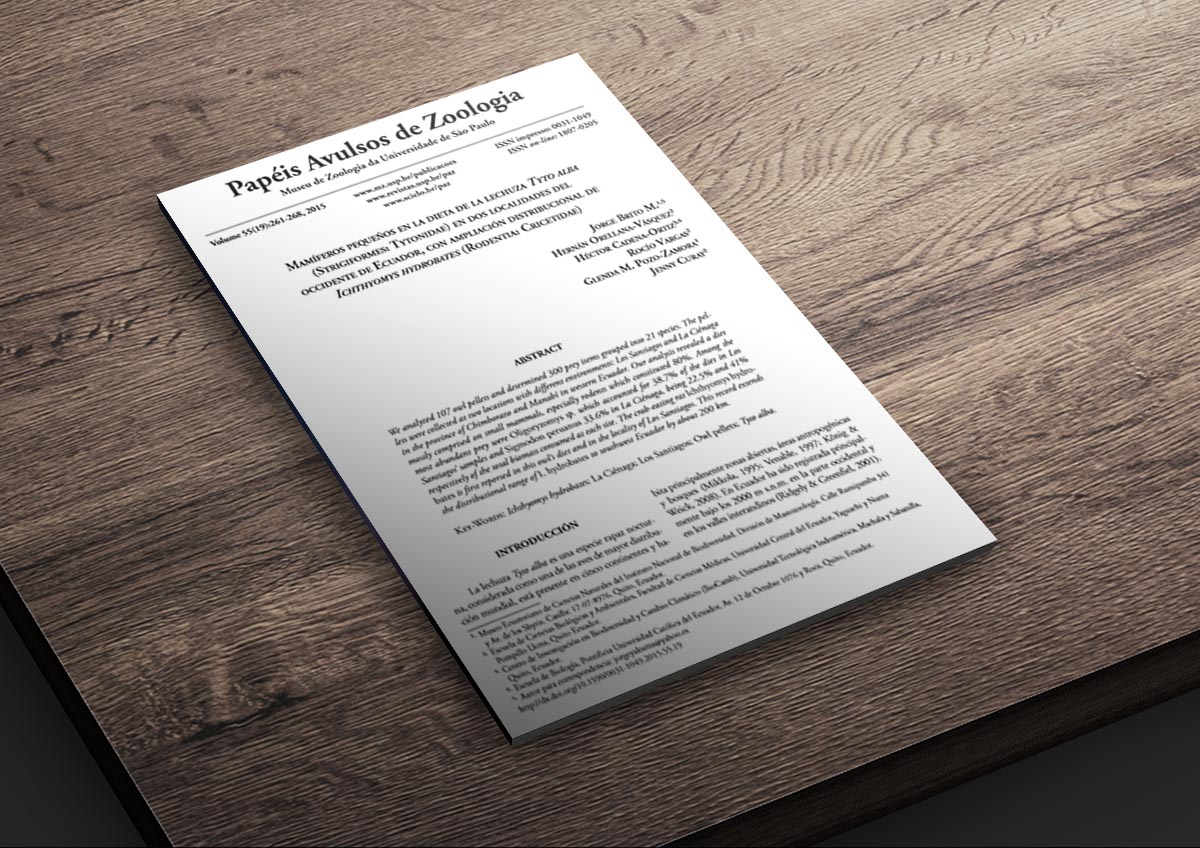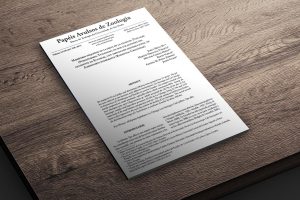New radiometric 40Ar–39Ar dates and faunistic analyses refine evolutionary dynamics of Neogene vertebrate assemblages in southern South America
| Título: | New radiometric 40Ar–39Ar dates and faunistic analyses refine evolutionary dynamics of Neogene vertebrate assemblages in southern South America. |
| Identificador de recurso: | https://www.nature.com/srep/ |
| Fecha: | 2021-05-10 |
| Autor: | Prevosti, Francisco J.; Romano, Cristo O.; Forasiepi, Analía M.; Hemming, Sidney; Bonini, Ricardo; Candela, Adriana M., Cerdeño, Esperanza; Madozzo Jaén, M. Carolina; Ortiz, Pablo E.; Pujos, François Pujos; Rasia, Luciano; Schmidt, Gabriela I.; Taglioretti, Matias; MacPhee, Ross D.E.; Pardiñas, Ulyses F.J. |
| Otros colaboradores: | |
| Editorial: | Scientific Reports |
| Derechos: | Acceso Libre |
| Descripción | The vertebrate fossil record of the Pampean Region of Argentina occupies an important place in South American vertebrate paleontology. An abundance of localities has long been the main basis for constructing the chronostratigraphical/geochronological scale for the late Neogene–Quaternary of South America, as well as for understanding major patterns of vertebrate evolution, including the Great American Biotic Interchange. However, few independently-derived dates are available for constraining this record. In this contribution, we present new 40Ar/39Ar dates on escorias (likely the product of meteoric impacts) from the Argentinean Atlantic coast and statistically-based biochronological analyses that help to calibrate Late Miocene–Pliocene Pampean faunal successions. For the type areas of the Montehermosan and Chapadmalalan Ages/Stages, our results delimit their age ranges to 4.7–3.7 Ma and ca. 3.74–3.04 Ma, respectively. Additionally, from Buenos Aires Province, dates of 5.17 Ma and 4.33 Ma were recovered for “Huayquerian” and Montehermosan faunas. This information helps to better calibrate important first appearances of allochthonous taxa in South America, including one of the oldest records for procyonids (7.24–5.95 Ma), cricetids (6.95–5.46 Ma), and tayassuids (> 3.74 Ma, oldest high-confidence record). These results also constrain to ca. 3 Ma the last appearances of the autochthonous sparassodonts, as well as terror birds of large/middle body size in South America. South American faunal turnover during the late Neogene, including Late Pliocene extinctions, is interpreted as a consequence of knock-on effects from global climatic changes and initiation of the icehouse climate regime. |
| Claves |
|
| Relación | e-ISSN: 2045-2322 |
| Cobertura | EC |
| Idioma | en |
| Volumen | 11 (9830) |
| Formato | |
| Tipo de recurso | texto |
| Fuente | https://doi.org/10.1038/s41598-021-89135-1 |
| Descarga | https://doi.org/10.1038/s41598-021-89135-1 |



